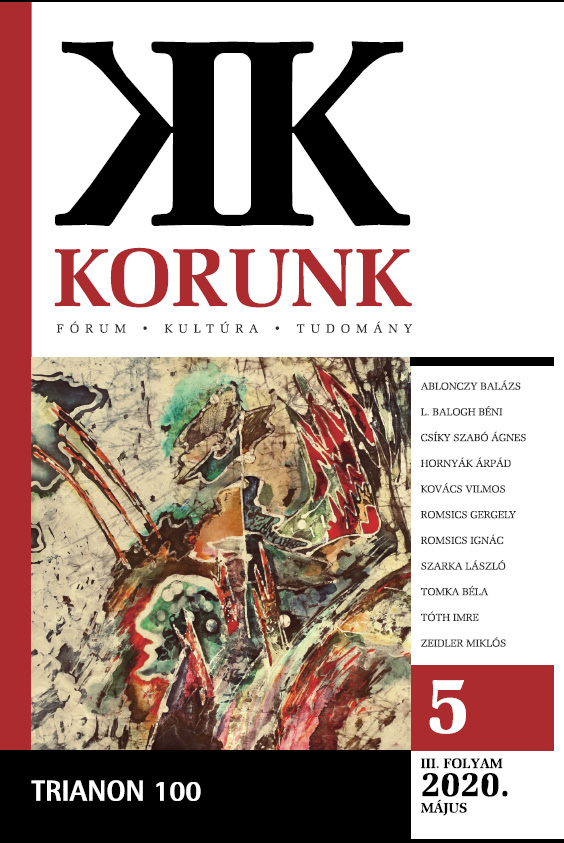„Kétéltűek”? A Trianon utáni menekülés és annak rajzai a korszak irodalmában
“Amphibians”? The Post-Trianon Flight and Its Representations in the Literature of the Period
Author(s): Balázs AblonczySubject(s): Cultural history, Hungarian Literature, Interwar Period (1920 - 1939)
Published by: Korunk Baráti Társaság
Keywords: refugees; Trianon; literature; public policies; revision
Summary/Abstract: The first part of the study presents the situation of the 400-500 thousand Hungarian refugees from the countries which emerged following the Trianon treaty in the 19181924 period and the public policies aimed at their integration in Hungary. While at the end of 1918 the Hungarian state urged for the mass exodus of government officials, by 1920 it has become clear that the yearly-increasing influx puts the bearing capacity of the country to a serious test. Before the confirmation of the peace treaty in November 1920, the Hungarian government radically tightened the rules of immigration and, as a result, the number of the refugees fell to one fifth in 1921 and the wave of refugees definitively dried up by 1924. The initial interest of the Hungarian state and society quickly disappeared, and the issue of the refugees has quickly become marginalized within social and cultural life. This second point is illustrated via four literary oeuvres in the second part of the study. The short stories of Zoltán Szitnyai and the novels of Sándor Török, Zoltán Jékely and Lajos Zilahy are interpreted as illustrations of the discourse types of the literature of the period, along with the causes which prevented these works from being included in the national canon.
Journal: Korunk
- Issue Year: 2020
- Issue No: 05
- Page Range: 110-121
- Page Count: 12
- Language: Hungarian

